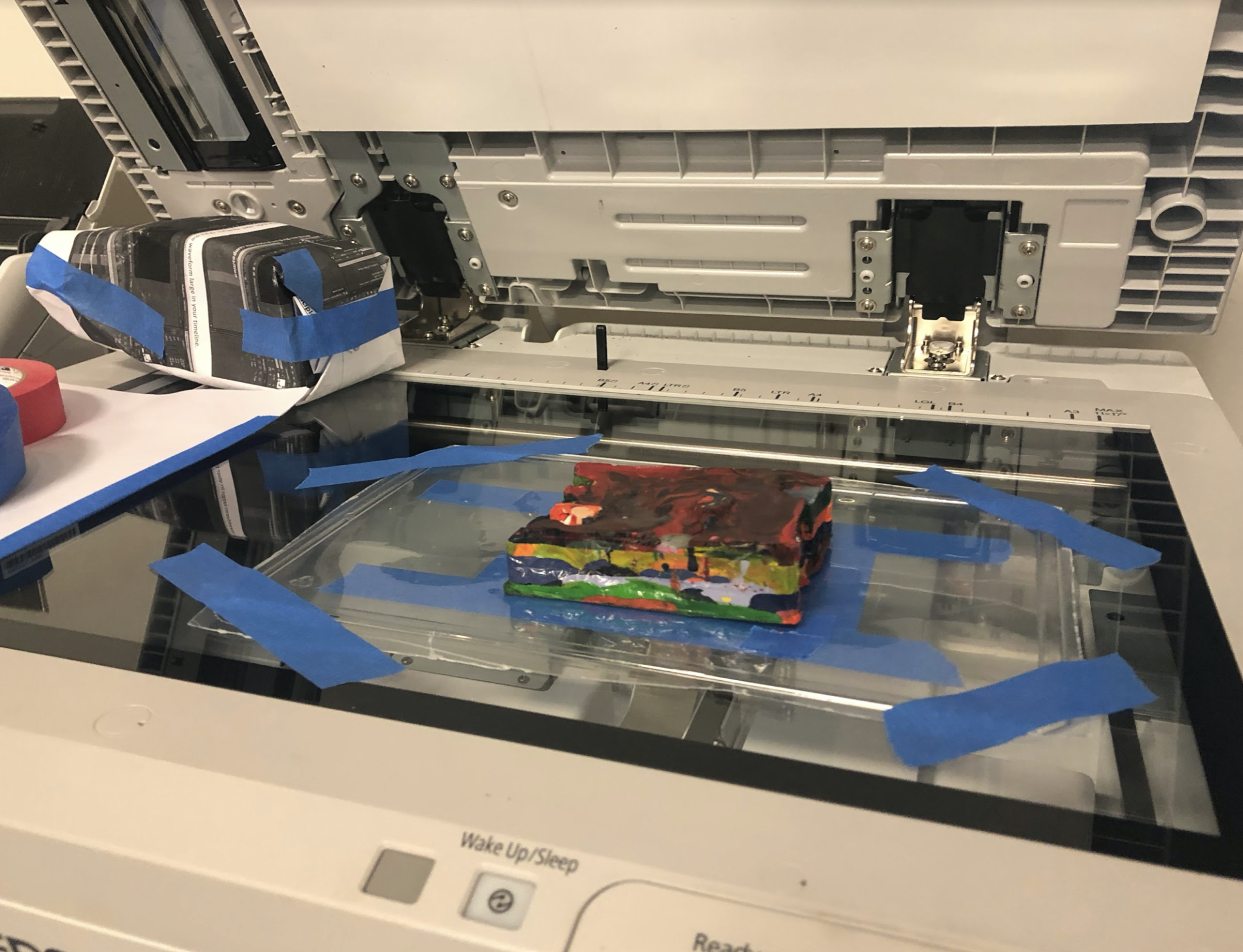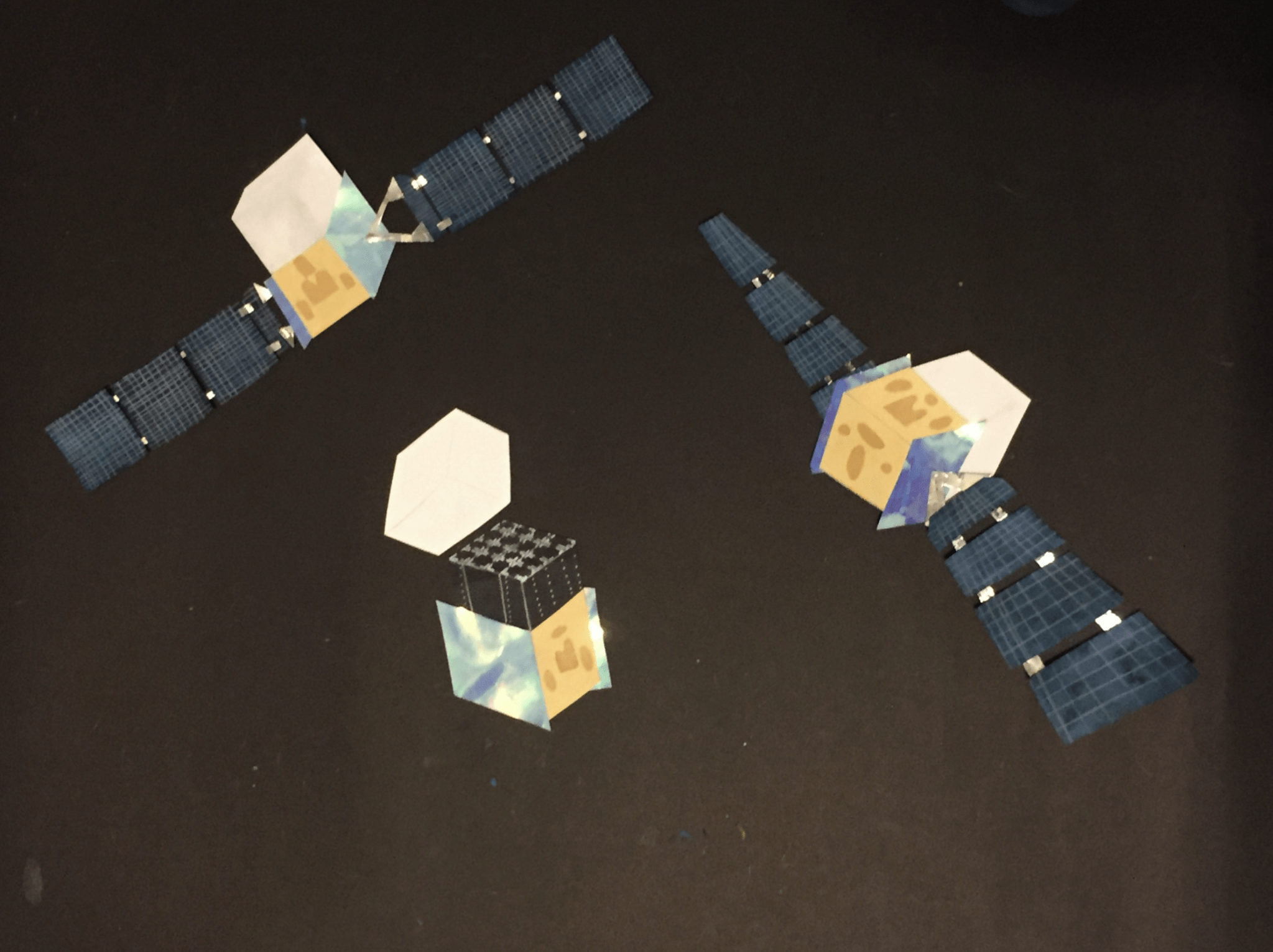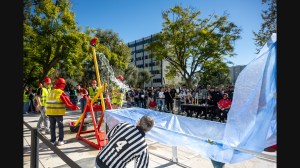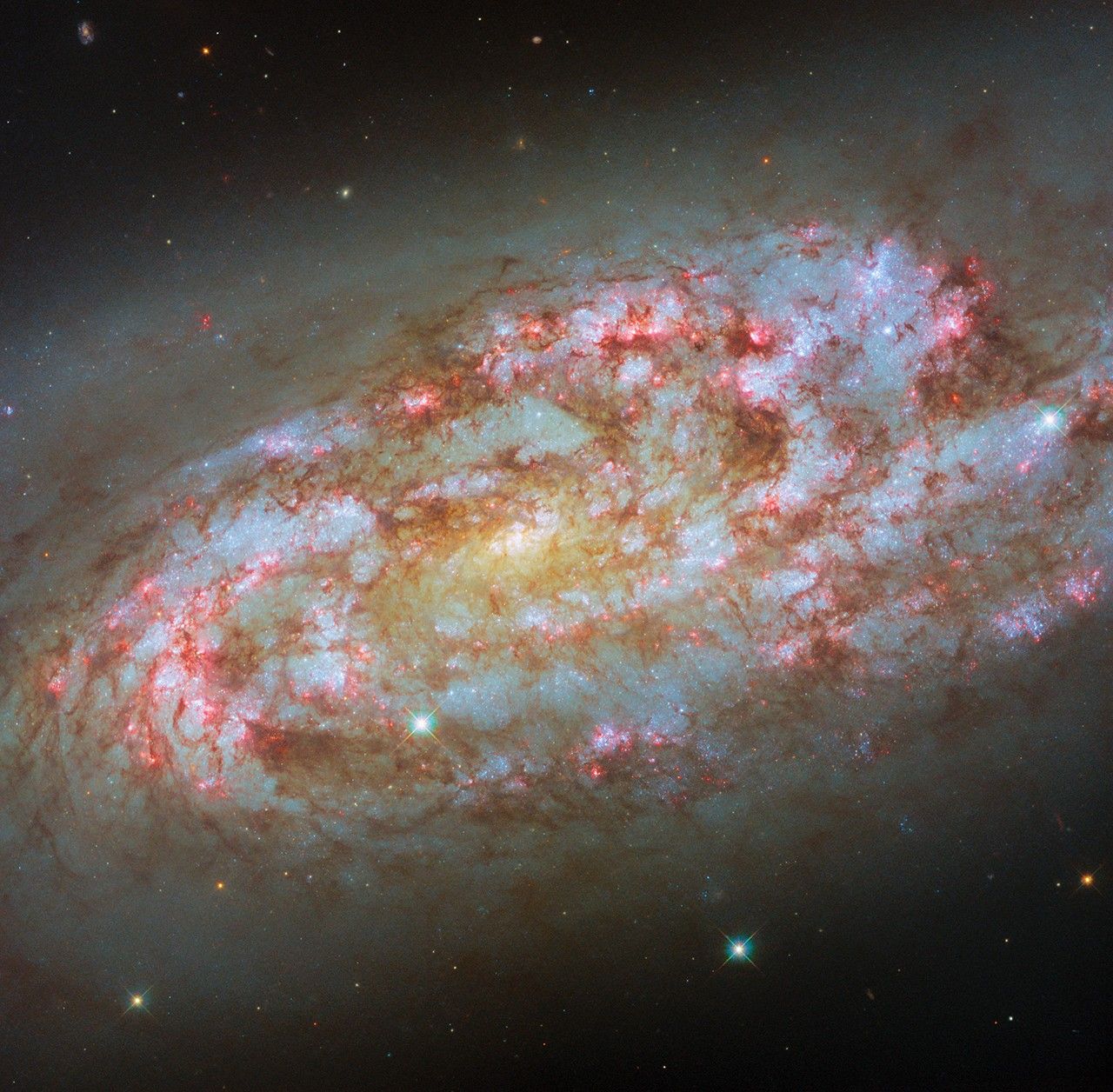NASA has long used art to represent everything from abstract astrophysical concepts to presentations of satellites in orbit that cannot be directly photographed in great detail.
Since 2013, Maryland Institute College of Art (MICA) in Baltimore has partnered with NASA’s Goddard Space Flight Center in Greenbelt, Maryland, through the college’s astro-animation course and internship opportunities to give MICA students the opportunity to work with scientists at NASA. Students produce creative animations that explore astronomical or planetary topics and spark interest in the public.
“Art gives science the ability to be more widely learned and more accessible to a wider audience. Most theories or complex ideas are greatly helped when accompanied with some sort of visual,” said MICA student Bella Potenziani, who is interning at Goddard this year. “It can make a concept easier to understand and discuss. On the other hand, science and its effect on technology has helped many fields in the art world improve and evolve.”
When first discussing the idea of the partnership, Robin Corbet, an astrophysicist at Goddard and co-teacher of MICA’s astro-animation course, said, “I confess, I was kind of skeptical at the beginning. I thought to do astrophysics you need to have a bachelor’s degree in physics and you spend several years doing your Ph.D.”
The partnership between Goddard and MICA began when Corbet met Laurence Arcadias, chair of MICA’s Animation Department. When thinking of project ideas and considering topics for students to include in their animations, Arcadias had the idea to do a project about science. Arcadias invited Corbet to MICA to share highlights of his and his colleagues’ work in order for the animation students to get a new flavor of content.
Although the astrophysics concepts could be quite complicated, Arcadias said she was confident her students would pick it up quickly. Sure enough, after helpful explanations from scientists, students grasped the concepts and made animations to give people an idea of the complex science, along with their own creative twist.
Roopesh Ojha, an astrophysicist at Goddard, has been working with MICA students for several years. Ojha said he is always impressed by the ability of MICA students, who may or may not have formally studied a lot of science, to absorb quite complicated information and assimilate it well enough to produce good art.
This year, Declan McKenna, an MICA student interning at Goddard, is working on several projects, including an ocean worlds campaign video featuring educational information and interviews with scientists. This is not McKenna’s first time working with scientists at Goddard to create animations. Previously, he illustrated the historic detection of gravitational waves following a neutron star collision. When making that animation, McKenna and the other animators used a sequence of pictures of colorful melted wax to depict the neutron stars merging.
Bella Potenziani is working on a stop-motion animation for NASA’s Fermi Gamma-ray Space Telescope’s 12th anniversary to show how it collects data. To do this, Potenziani cut out different colors of construction paper and moved them slightly to take snapshot pictures.
Potenziani has worked with NASA scientists on other projects as well. One of these animations, FETCH, was made through the AstroAnimation course, and showcases the terrain and life that could possibly live on Saturn’s largest moon, Titan.
Art and science may seem like two separate disciplines, but they benefit each other through connections that allow scientists and artists to reach broader audiences. MICA animations give scientists the ability to communicate complicated science effectively to a large audience who may otherwise find it inaccessible. Interpreting science and technology data gives artists a new variety of content to work from in ways that can reach more people. Even when the scientific concepts are complex in nature, art can make science more approachable and intrigue people, enabling them to see the value of the content.
Working with artists can even make scientists better communicators, Ojha said. “When artists ask questions, they often ask questions from very interesting angles or very interesting points of view, and I often have to think about how to answer them.”
Ojha said that he uses these animations in his outreach talks because they are very creative, understandable, and often use humor, which is a very effective tool.
“The partnership between Goddard and MICA gives the opportunity for artists who love science to incorporate the two things they love into one thing,” Potenziani said. “It also allows scientists to work with artists that are just as passionate about science to help visualize their work.”
By Scout Crooke
































